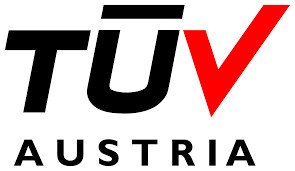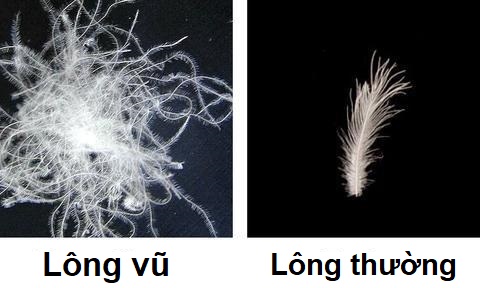
KNA COOPERATED WITH TUV AUSTRIA HELLAS ON AUDITING FSC STANDARDS IN VIETNAM
After time of exchanging and discussing, KNA CERT has successfully signed a cooperation agreement with TUV Austria on FSC/CoC certification services. Accordingl...
Fashion industry is a growing industry in the world. Fashion manufacturers use the huge amount of materials from feather, animals' fur. In addition to crocodile's skin, sheep's fur, feather enormously contributes to the global fashion industry.
What is feather? "Feather" means "Down and Feather" in English. Feather is harvested from waterfowl like Simese ducks, geese, ducks, swan, etc. According to studies, the composition of feather embraces Down and Feather. Feather is small, slight and smooth. Every feather is capable of occupying a large volume of air to have an outstanding ability to keep warmth. A great feature of this material is that it is light, porous, and keep heat well so feathers are often raw materials used for producing life jackets, jackets, blankets ...

Although almost poultries and birds have feathers, in terms of popularity and convenience, ducks and geese are two main sources of raw materials exploited by humans from ancient times to the present. The price of geese's feathers is often higher than that of ducks' feathers because geese are often bigger than ducks so their feathers are bigger and quality is also better than ducks.
Colours of feathers are natural color of ducks and geese. There are usually 2 colours: white and grey. In fashion industry, white feather is highly appreciated because of consumers' preference for bright color. Therefore, producers will take priority over the use of white feather to produce products like blankets, pillows or feather coats.

According to a statistic of the amount of global import feather, there are about 65% of world feather materials whose origin is from Asia, the rest of percentage is from Eastern Europe. China is a main producer in Asia. Breeders usually sell meat of poultries, purchasing units are responsible for their feather. Then, this raw material is sold to companies in charge of handling poultry feathers. In China, Vietnam, Lunar New Year is the most suitable occasion of a year for trade because poultries are consumed a lot during this time.
Feather will be cleanly washed and processed as raw materials after being collected. Washed feather will be dried with specialized equipment for cleanliness and deodorant as well as sterilization. After an hour of cleaning will be dried within 3 minutes at the temperature of 100 to 120 degrees C. Afterwards people began to classify feather in terms of their quality, size by specialized machines.
Pillows, blankets, or blouses that you usually see can also be made from birds plucked while alive. Even ethical certifications are only required to treat a minimum of life, such as the right to live with feathers on their backs of birds and how long they live in the light and darkness before being slaughtered. (or their liver in case of food from fat geese).
A soft feather coat creates two essential winter needs: Confort and warmth. To get comfort and warmth, the huge number of ducks, Siamese ducks and geese are inhumanely slaughtered for their feather in Eastern Europe and China.
Waterfowl in these countries are bred for meat not their feather. This is a wasted extra-product of meat industry usually abused. Waterfowl are usually plucked their feather while alive (almost) or forced to eat to be fattening for delicious foods fo like the liver of fat geese (California state even prohibits selling this food because of afore-mentioned reason).

Over the past few years, despite an emergence of newer artificial materials, feather is almost unbeatable thanks to its compression, the ability to keep warmth and natural longevity. This has led many manufacturers to return to farms and invest in more sustainable practices.
You possibly see RDC ethical certificates of feather. Certificates from farms in charge of producing feather and birds' fur are not necessary. This task does not include plucking live hair, forcing to eat and five freedoms of animal welfare must be respected: freedom from hunger and thirst, discomfort, pain, injury or diseases, normal behavior of fear or suffering.
RDS Certificate embraces family products like pillows, blankets and clothes. This certification passed the partnership involving The North Face, Textile Exchange, and Control Union (certification body) with support from fur and feather vendors (companies, other retailers)
